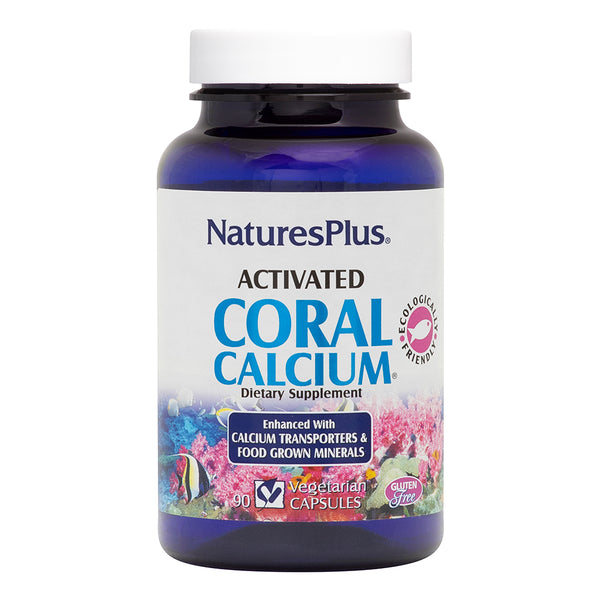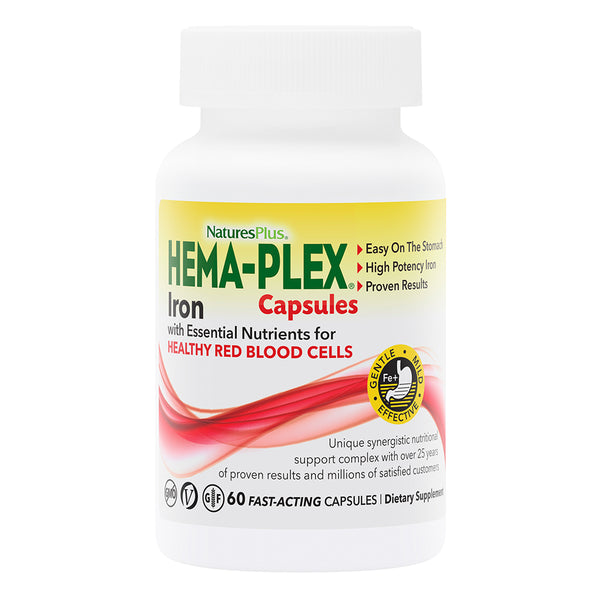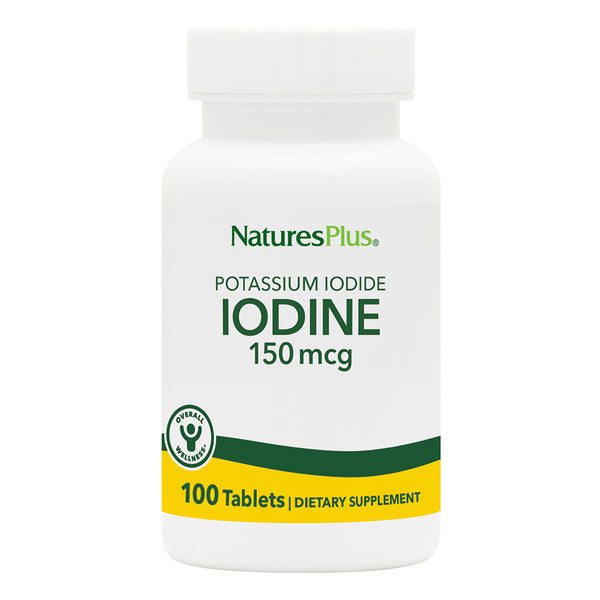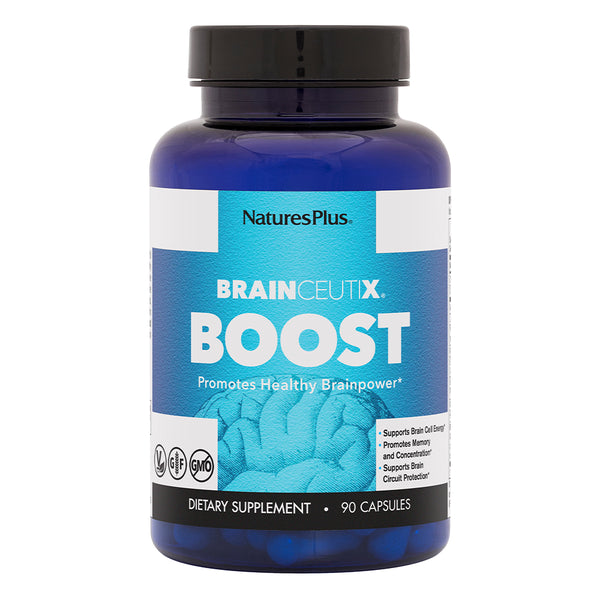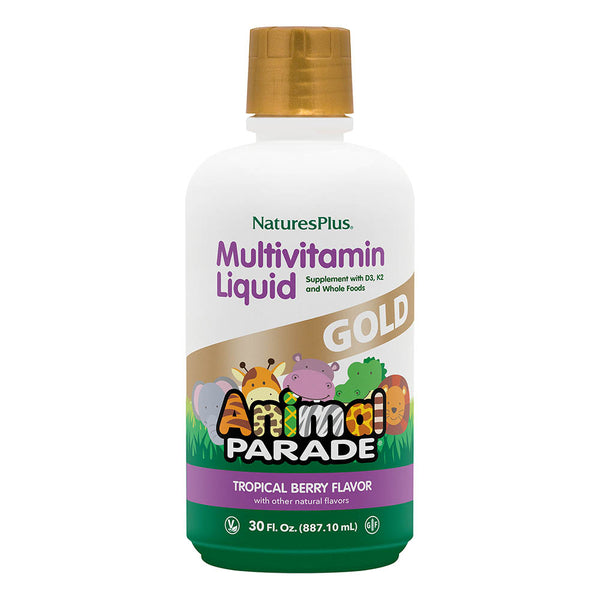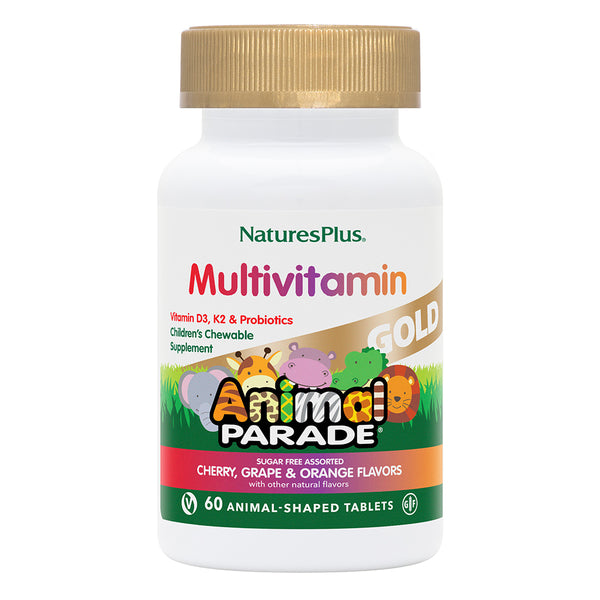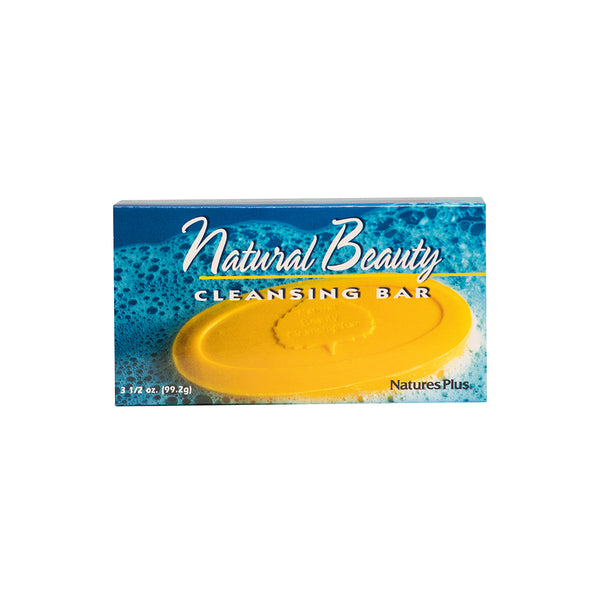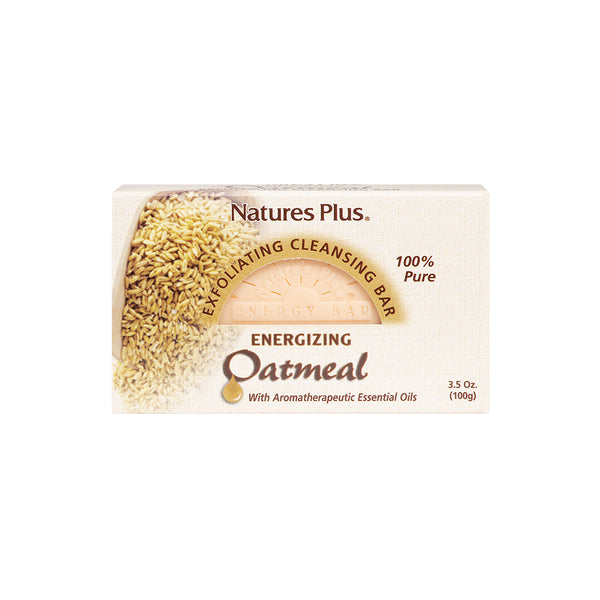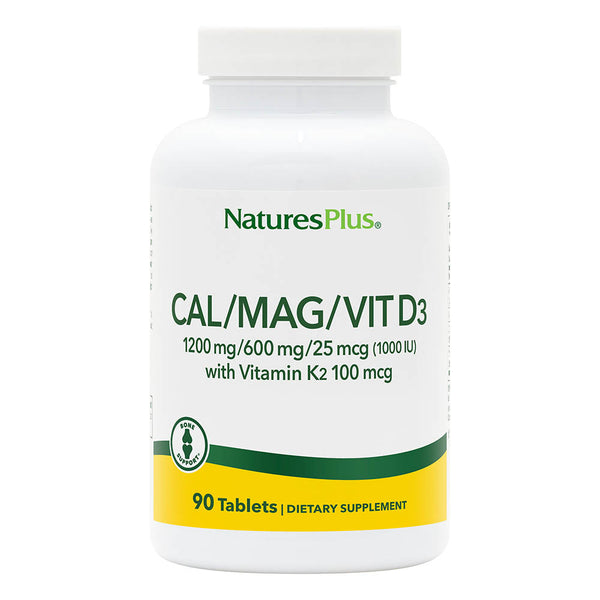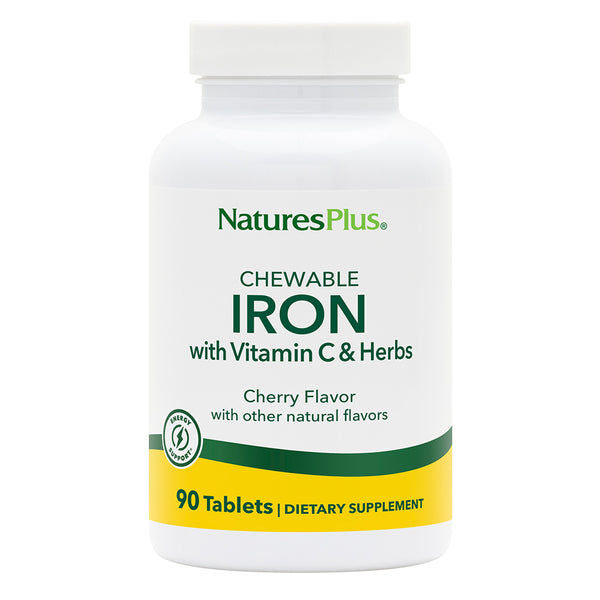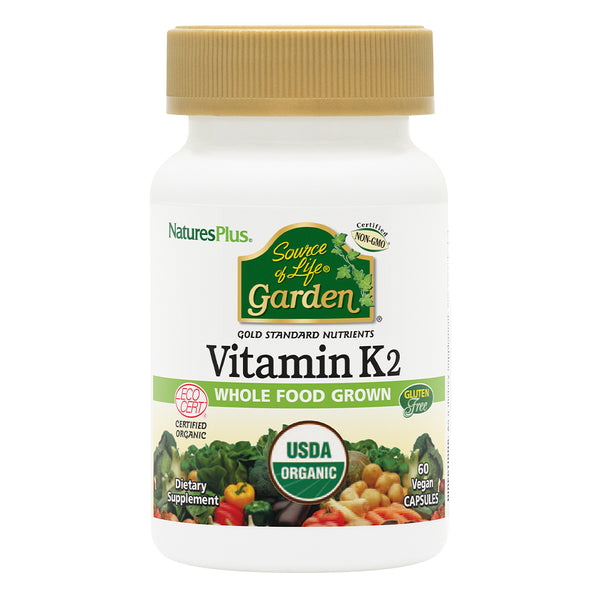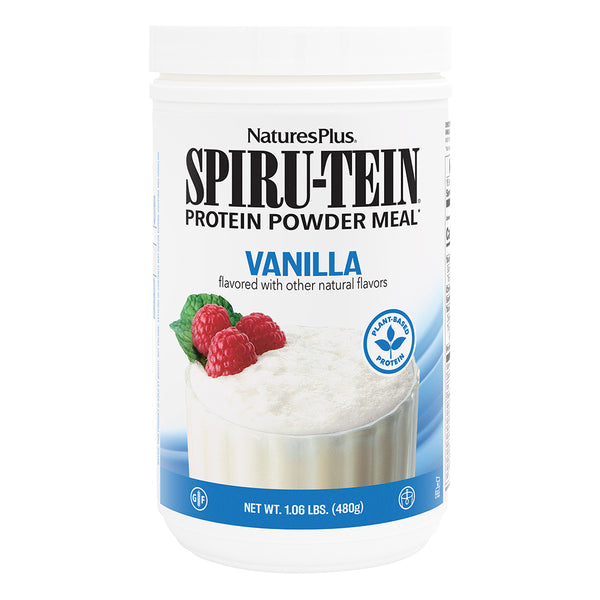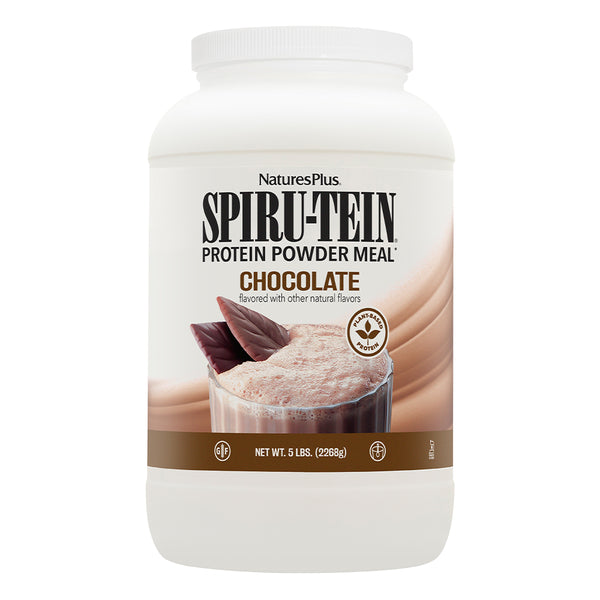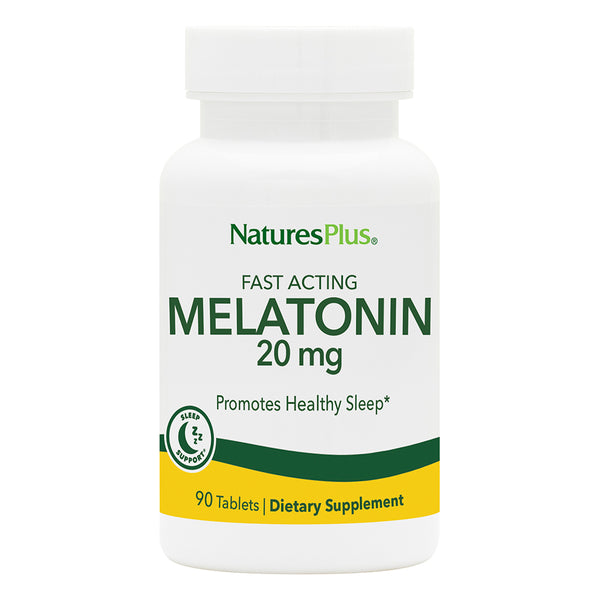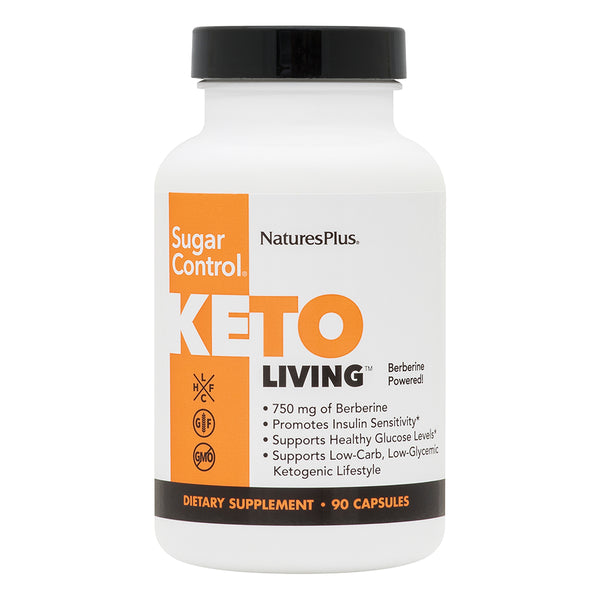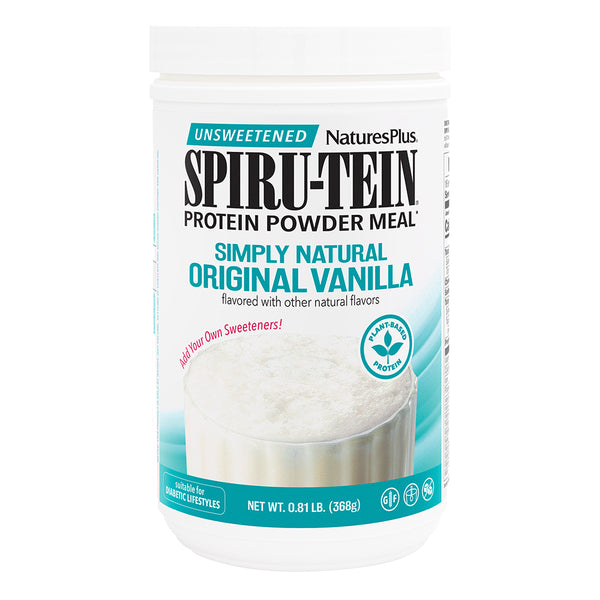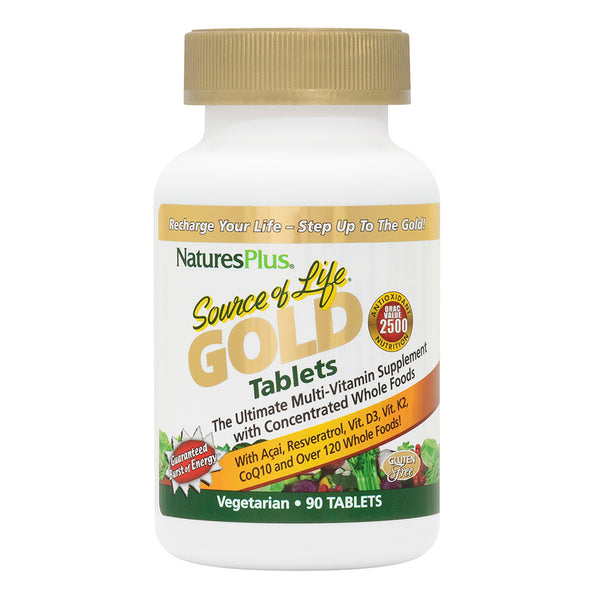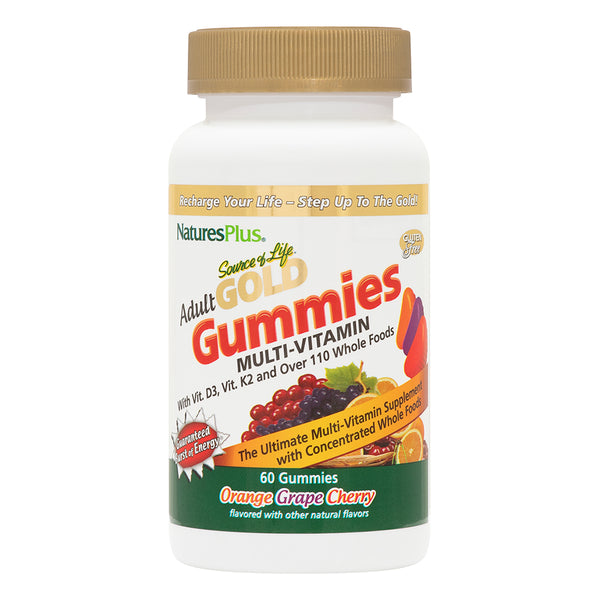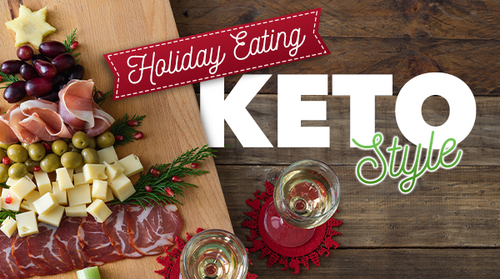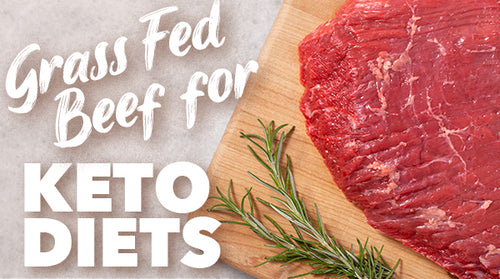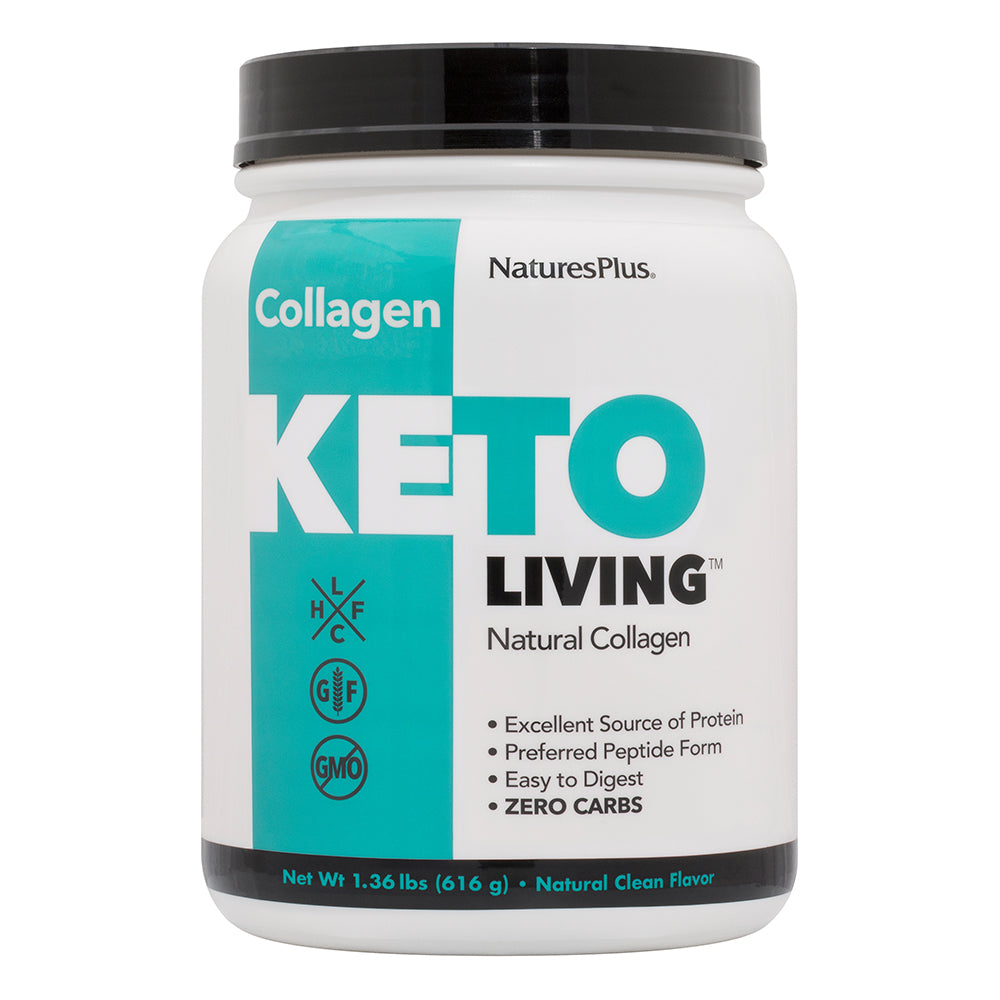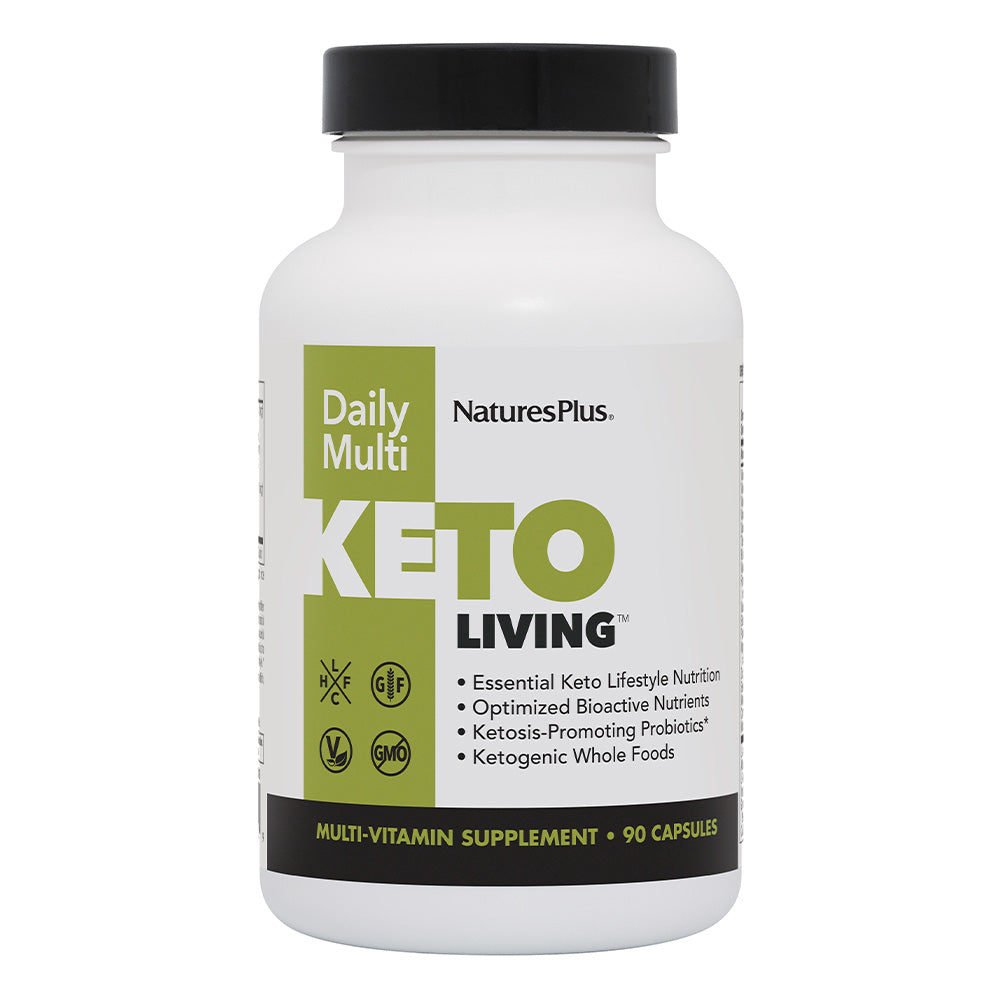Looking to start a keto diet this year?
You're not alone; a lot of people have cut their carbohydrate intake in an effort to manage their weight and just plain feel better.
Here's what you need to know to become successful at eating the keto way.
Know What Your Percentages Are
Most people understand that keto eating involves cutting way down on carbohydrates, a category that includes not only sweets such as candy and pastries but also bread and pasta (even the healthy whole-grain varieties) along with such starchy vegetables as dried beans, potatoes, corn and winter squash.
What many people don't realize, however, is that the keto diet is based less on protein and more on fat. The percentages of these three main nutrient categories, referred to as macros, you should be eating are:
- 55% to 60% of daily calories from fat
- 30% to 35% from protein
- 5% to 10% from carbs
If math isn't your strong point, no worries: Just search “keto macros calculator” or “keto macros app.”
Know What Foods Are Keto Friendly
The key to the keto diet is eating foods that are not only low in carbs but also good for you—bingeing on low-carb junk food isn't going to make you any healthier.
Instead, look for:
- Meat from grass-fed or grass-finished animals, including beef, pork and poultry
- Wild-caught (not farmed) seafood (to avoid fish that may be high in mercury, go here)
- Eggs
- Full-fat dairy (excluding such sweets as ice cream, of course)
- Nuts and seeds
- Low-carb vegetables; leafy greens are nutritional all-stars, but you can also enjoy asparagus, broccoli (and other crucifers, such as Brussels sprouts, cabbage, cauliflower and kale), celery, eggplant, green beans and zucchini
- Limited amounts of fruit, especially lemons and berries
- Avocados and avocado oil as well as other sources of healthy fat, including coconut oil, extra virgin olive oil and duck fat
Plan Your Meals
Carbs are available on every street corner...healthy keto options, not so much.
That means you need to plan out each week's meals, and then use that plan to set your shopping list. Don't forget to build in cook time, too; you may want to spend a block of time each week meal prepping (learn more about that here).
Stay Hydrated
This is important on every diet but especially when you're starting to cut carbs—some people experience discomfort (the "keto flu") caused by a temporary drop in mineral levels during the transition period.
Avoid diet soda. Instead stick with water (plain or sparkling), coffee and tea (stevia is a keto-approved sweetener).
Adequate liquid intake can also help ease constipation, as many low-carb foods are also low in fiber. In addition, consider adding a fiber supplement to your diet.
Don't Forget the Basics: Exercise, Sleep, Stress Relief
Like any other eating plan, the keto diet works better if you exercise. Try for at least 30 minutes of aerobic activity most days of the week, plus resistance workouts two or three times a week to maintain muscle mass.
Poor sleep can make it more difficult to handle carb cravings (among all the other problems it causes). Set a regular bedtime, avoid electronics right before bed and sleep cool (lower thermostat, no heavy bedclothes or PJs).
Lowering your stress levels can make finding sleep—and sticking to your diet—a lot easier. Long runs, mediation, yoga, whatever...if it works for you, do it consistently.
Like this article? You’ll love our weekly newsletter
sign up here!
**These statements have not been evaluated by the Food and Drug Administration. This product is not intended to diagnose, treat, cure or prevent any disease.


